Growth of Aftermarket Services
The Automotive Cast Iron Cylinder Head Market is benefiting from the growth of aftermarket services, which play a crucial role in the overall automotive ecosystem. As vehicles age, the need for replacement parts, including cast iron cylinder heads, becomes increasingly important. The aftermarket segment is projected to expand as consumers seek reliable and cost-effective solutions for vehicle maintenance and repair. Recent statistics indicate that the aftermarket for automotive parts is experiencing a robust growth trajectory, driven by an increasing number of vehicles on the road. This trend suggests that manufacturers of cast iron cylinder heads must focus on quality and availability to meet the demands of the aftermarket sector. As a result, the interplay between original equipment manufacturers and aftermarket suppliers is likely to shape the future landscape of the Automotive Cast Iron Cylinder Head Market.
Increasing Vehicle Production Rates
The Automotive Cast Iron Cylinder Head Market is significantly influenced by the rising production rates of vehicles across various segments. As automotive manufacturers ramp up production to meet consumer demand, the requirement for essential components, including cast iron cylinder heads, escalates. Recent data suggests that vehicle production has seen a steady increase, with millions of units produced annually. This surge in production not only supports the growth of the automotive sector but also creates a robust demand for high-quality cast iron cylinder heads. Consequently, manufacturers are compelled to enhance their production capabilities and invest in advanced manufacturing technologies to ensure a steady supply of these critical components. This trend is expected to continue, as the automotive industry adapts to evolving consumer preferences and regulatory standards.
Rising Demand for High-Performance Engines
The Automotive Cast Iron Cylinder Head Market is experiencing a notable increase in demand for high-performance engines. This trend is largely driven by consumer preferences for vehicles that offer enhanced power and efficiency. As manufacturers strive to meet these expectations, the need for durable and efficient cast iron cylinder heads becomes paramount. In recent years, the market has seen a shift towards performance-oriented vehicles, with a reported increase in sales of sports and luxury cars. This shift indicates a growing consumer base that prioritizes engine performance, thereby propelling the demand for advanced cast iron cylinder head designs. Furthermore, the integration of innovative technologies in engine manufacturing is likely to further stimulate this market segment, as manufacturers seek to optimize engine performance while maintaining reliability.
Technological Innovations in Engine Design
The Automotive Cast Iron Cylinder Head Market is witnessing a wave of technological innovations that are reshaping engine design. Advances in materials science and engineering techniques are enabling the development of lighter and more efficient cast iron cylinder heads. These innovations are crucial for improving overall engine performance and fuel efficiency, which are increasingly important to consumers and regulatory bodies alike. For instance, the introduction of computer-aided design (CAD) and simulation technologies has allowed manufacturers to optimize cylinder head designs for better airflow and combustion efficiency. As a result, the market is likely to see a proliferation of advanced cast iron cylinder heads that not only meet but exceed current performance standards. This trend suggests a promising future for manufacturers who invest in research and development to stay ahead in the competitive landscape.
Regulatory Compliance and Emission Standards
The Automotive Cast Iron Cylinder Head Market is significantly impacted by stringent regulatory compliance and emission standards imposed by governments worldwide. As environmental concerns continue to rise, automotive manufacturers are under increasing pressure to produce vehicles that meet these regulations. This has led to a heightened focus on developing cast iron cylinder heads that facilitate lower emissions and improved fuel efficiency. Recent regulations have mandated reductions in harmful emissions, prompting manufacturers to innovate and adapt their designs accordingly. Consequently, the demand for advanced cast iron cylinder heads that comply with these standards is expected to grow. This trend not only supports environmental sustainability but also drives the market towards more efficient and cleaner engine technologies, thereby influencing the overall direction of the automotive industry.


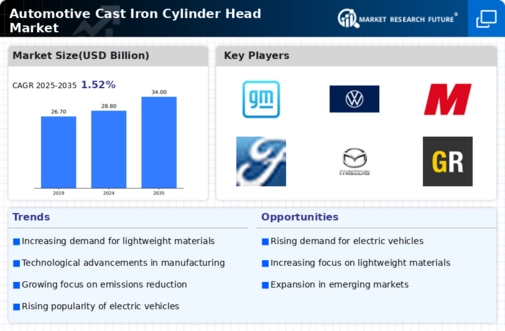
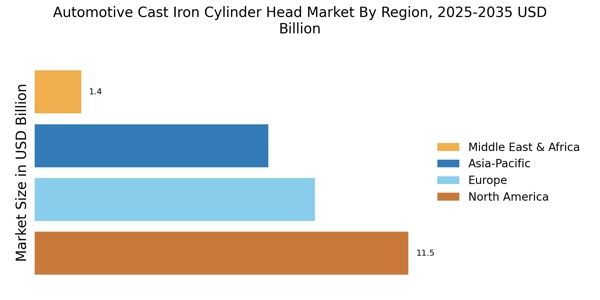
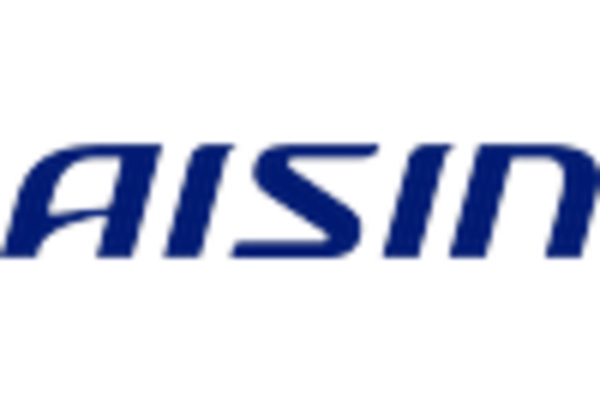
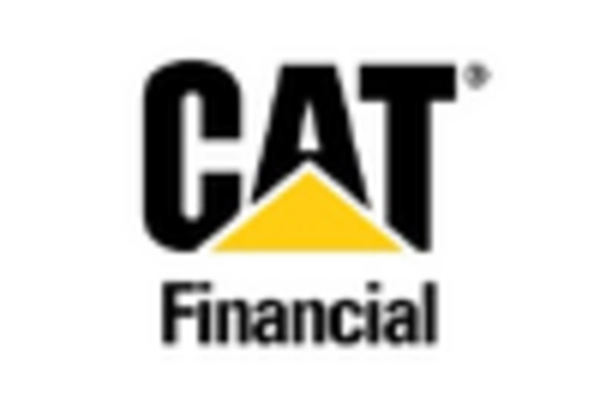
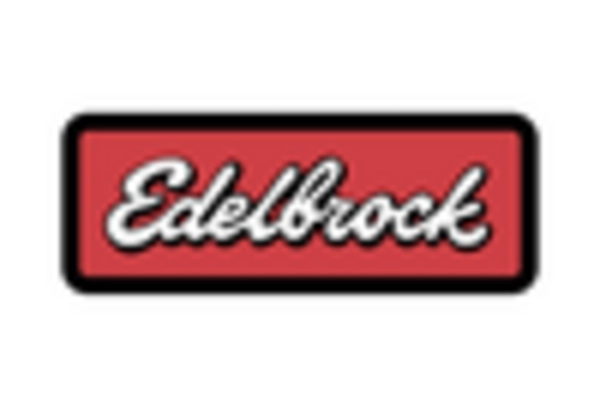
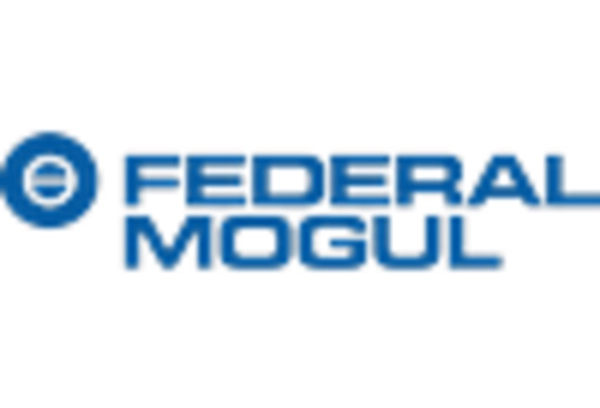
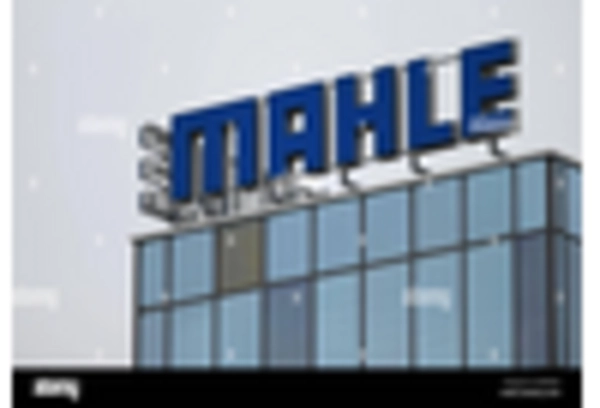
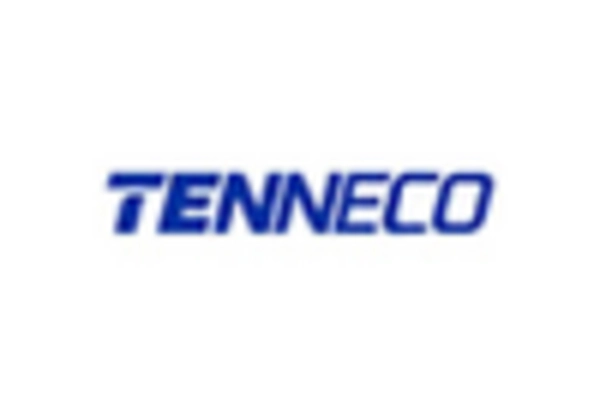








Leave a Comment